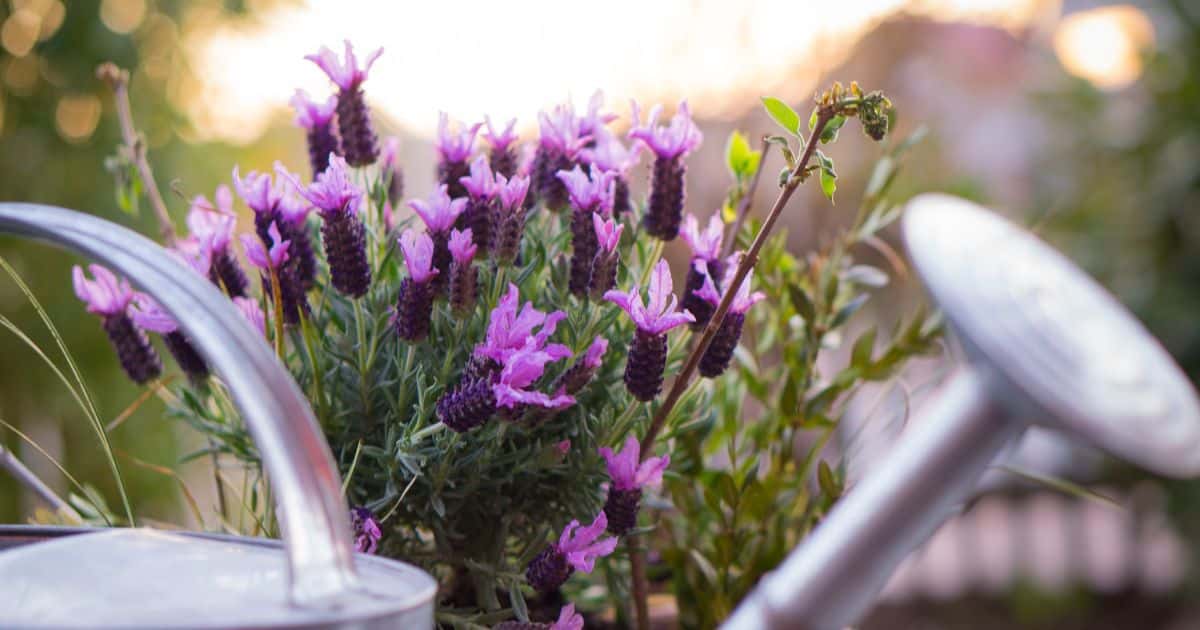Growing wildflowers in pots is a fun and rewarding way to add beautiful pops of color to any outdoor space. Wildflowers are hardy, low-maintenance, and bring the beauty of nature right to your doorstep. With just a few simple steps, you can have a gorgeous container garden filled with lively wildflowers.
Why are wildflowers important?
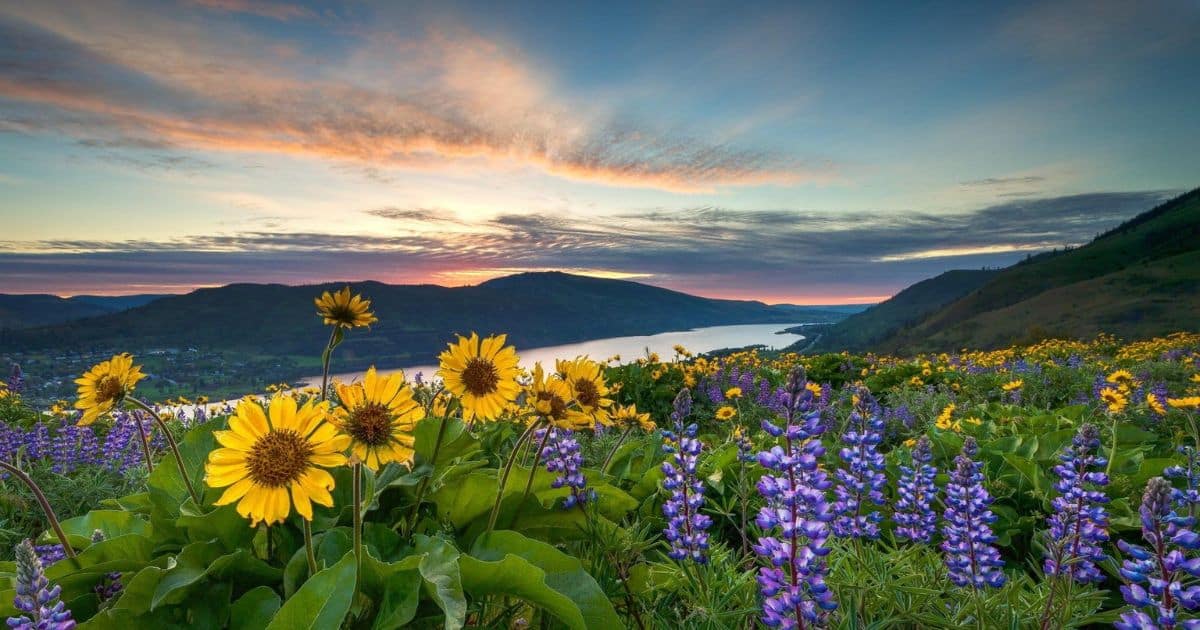
Wildflowers provide food and habitat for pollinators like bees, butterflies, and hummingbirds. As vital pollinators decline worldwide, planting wildflowers gives essential nourishment and shelter to support their populations. A pot filled with wildflowers can attract and sustain pollinators in urban environments and gardens.
Beyond supporting pollinators, wildflowers require less water and care than traditional potted plants. They are adapted to thrive in nature without fertilizers or pesticides. Wildflowers are a sustainable, eco-friendly choice for gardens and landscaping. Once established, they will self-seed and spread year after year with minimal effort.
Tips for choosing a pot or container
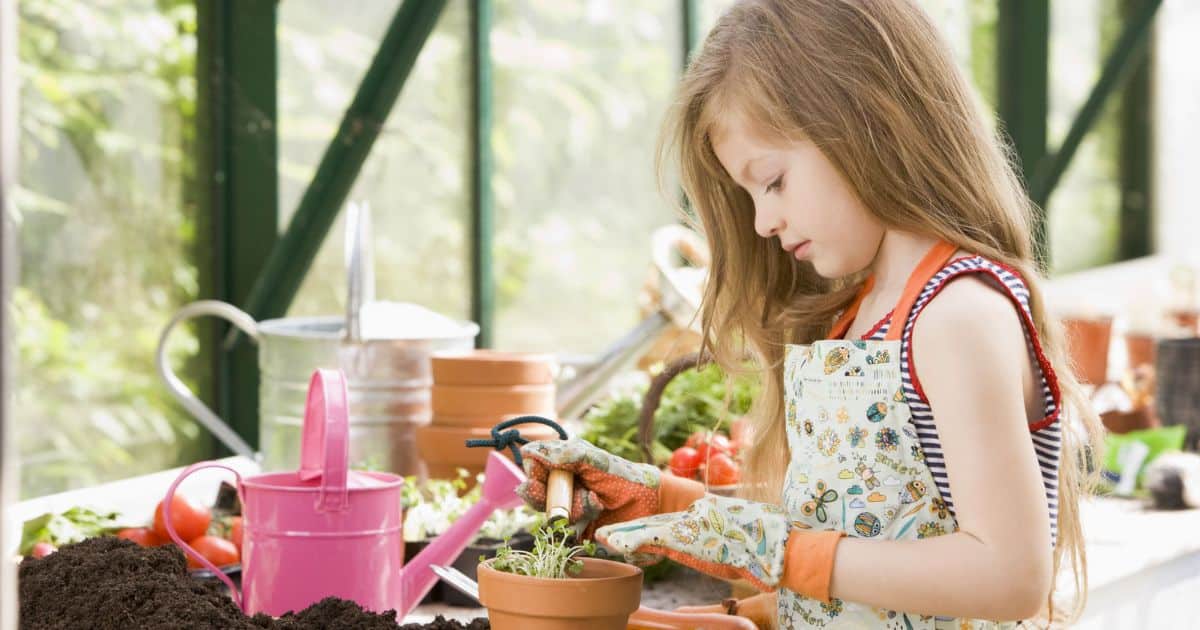
When selecting a container for growing wildflowers, drainage is key. Look for pots with holes in the bottom to allow excess water to drain away. Terra-cotta, plastic, wood, and metal pots all work well. Match the size of your container to the wildflowers you plan to grow—a 6-8 inch pot is a good starting point for most varieties.
For the best results, choose a wide, shallow pot over a deep, narrow one. Wildflowers tend to have shallow root systems, so they will flourish in a pot with more surface area than depth. Avoid overcrowding too many plants in one pot. Give seeds and seedlings enough space to establish without competing for nutrients.
Group pots together to create a wildflower patch or arrange them in clusters for big splashes of color. Add unique character by repurposing everyday items like watering cans, boxes, and buckets as wildflower planters. Get creative with your containers.
Choosing the best wildflower seeds
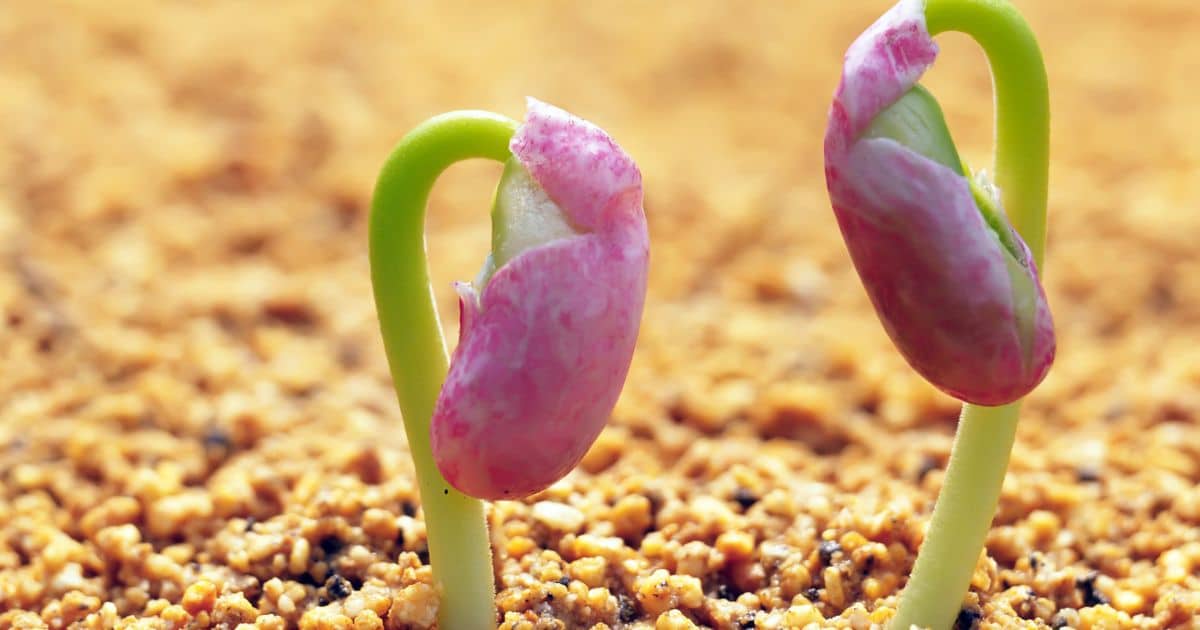
When starting wildflowers from seed, choose a mix suited to your region. Look for seeds of annual, biennial, and perennial flowers adapted to your local climate. Choosing region-specific seeds will help your wildflowers thrive with less maintenance. Here are some top varieties to consider:
ANNUAL
Annual wildflowers complete their entire lifecycle in one growing season. They bloom heavily in spring and summer, then die back in fall and winter. Annuals are quick and easy to grow from seed. Top annuals include:
Corn poppy (Papaver rhoeas): Showy red, orange, pink, or white blooms on delicate stems. Self-seeds readily.
Cosmos (Cosmos bipinnatus): Cheerful daisy-like flowers in bright colors bloom all summer. Grow dwarf or tall varieties.
Sunflower (Helianthus annuus): A favorite towering wildflower with sunny yellow petals. Choose dwarf, bushy, or climbing types.
BIENNIAL
Biennial wildflowers take two years to complete their lifecycle. They grow foliage the first season, then produce flowers, set seed, and die in year two. Here are some top picks:
Foxglove (Digitalis purpurea): Spikes of tubular blooms rise above basal rosettes of leaves. Thrives in shade.
Sweet William (Dianthus barbatus): Fragrant colorful clusters top sturdy stems in summer. Self-seeds for more flowers.
Hollyhock (Alcea rosea): Tall stalks bear abundant single or double blooms. Tolerates drought well.
PERENNIAL
Perennial wildflowers live for multiple years, providing color spring through fall annually. These hardy plants are excellent choices for containers:
Black-eyed Susan (Rudbeckia hirta): Iconic golden petals with dark brown centers. A meadow garden staple.
Purple coneflower (Echinacea purpurea): Heat and drought tolerant with colorful daisies surrounded by spiky centers.
Yarrow (Achillea millefolium): Flat-topped clusters of tiny blooms on lacy foliage. Thrives in full sun.
What you will need
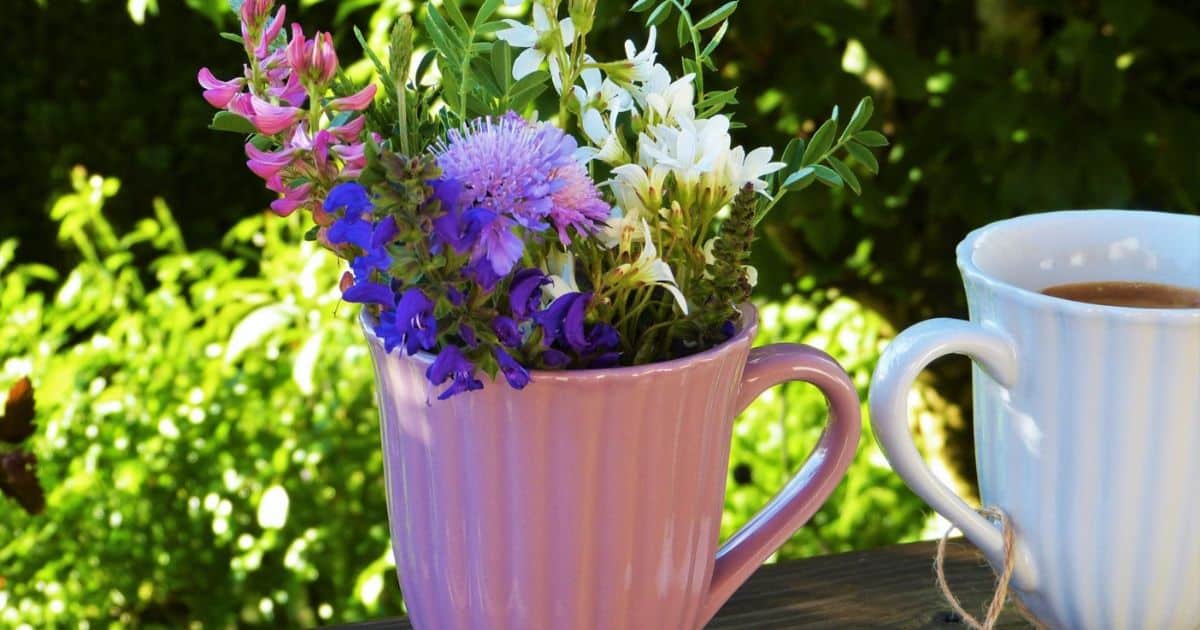
Gather these basic supplies to get your wildflower pots started:
- Container with drainage holes
- Commercial wildflower seed mix or individual seed packets
- Quality potting soil or seed starting mix
- Watering can or spray bottle
- Trowel or hand spade
- (Optional) Slow-release granular fertilizer
- (Optional) Support structures like plant cages or trellises
- (Optional) Mulch like wood chips or pebbles for top-dressing
How To Plant Wildflowers In Pots And Containers
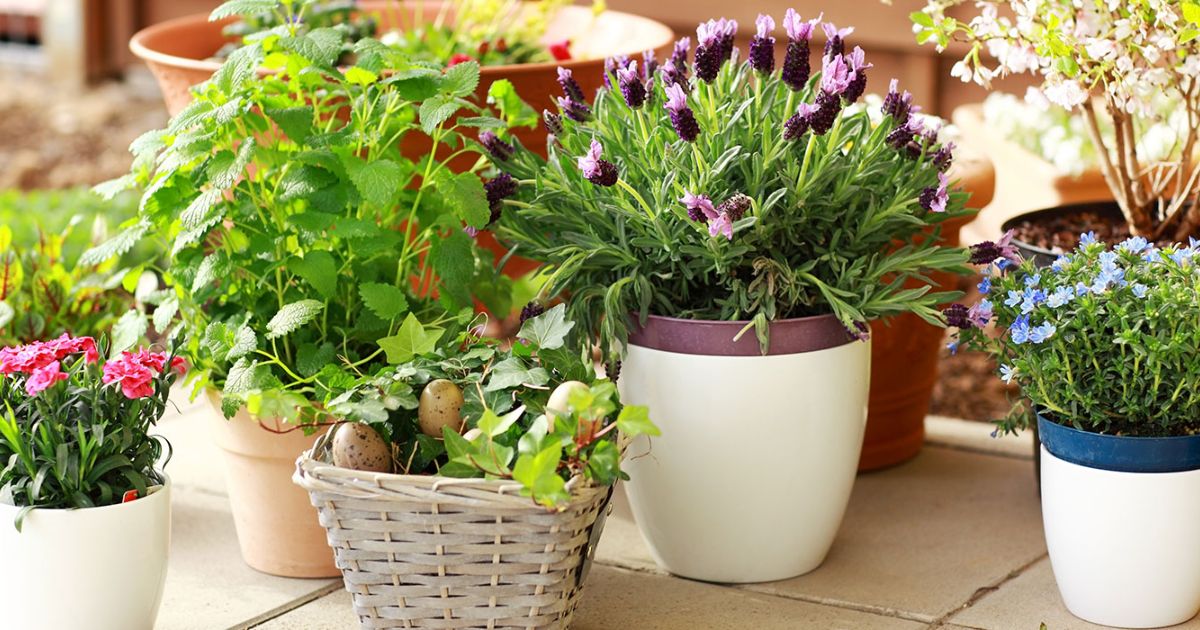
Follow these simple steps for planting and caring for vibrant potted wildflowers:
- Fill the container with moistened potting mix about 3/4 full, leaving room for watering. Pack down lightly.
- Sprinkle seeds evenly across the top of the soil. For larger seed varieties, plant individually spaced 1-2 inches apart.
- Cover smaller seeds lightly with a thin layer of potting mix or vermiculite. Don’t bury larger seeds.
- Mist the top of the soil with water to moisten. Place a piece of plastic wrap over the pot to retain moisture.
- Move the pot to a warm, sunny spot. Remove the plastic once sprouts emerge in 7-21 days.
- Water whenever the top inch of soil is dry. Avoid overwatering which causes rot and fungus.
- Begin fertilizing when plants are 3-4 inches tall if desired. Use a balanced liquid fertilizer every 2-4 weeks.
- Add trellises or other supports as needed once plants are established.
- Pinch or trim dead blooms to encourage more flowers. Allow some plants to go to seed for self-sowing.
- Transplant seedlings to separate pots once they have 4-6 true leaves. Thin overcrowded pots.
- Cut plants back in fall once they die back. Replenish soil nutrients each year with compost.
FAQ’s
When is the best time to plant wildflower seeds?
In most climates, the optimal time is in late fall or early spring. This gives seeds time to establish roots before heat, drought, or frost. Fall-planted seeds will germinate the following spring.
What kind of soil is best for growing wildflowers?
Wildflowers thrive in average garden soil with good drainage. Mix in compost or aged manure for nutrition. Soil pH should be neutral to slightly acidic (6.0-7.0 pH).
What are optimal growing conditions for wildflowers?
Most wildflowers grow best in full sun (at least 6 hours direct light daily). Ensure the container site has sun exposure and air circulation. Avoid excessively wet, dense soil.
How long does it take for wildflowers to grow?
Germination takes 1-4 weeks depending on variety. Most wildflowers reach full size in 8-12 weeks. Biennials and perennials may not flower until the second year or later as they establish.
Conclusion
Growing wildflowers in pots is simple, eco-friendly, and adds vibrant natural beauty to patios, balconies, and small spaces. Choose an appropriate container, high-quality regional seeds, and provide basic care for success. With proper planting and maintenance, potted wildflowers will flourish season after season with minimal effort. Embrace their carefree charm to bring a touch of untamed beauty to your container garden.
